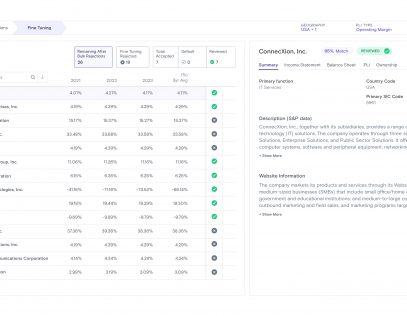When you hear the term blockchain mentioned with respect to transfer pricing, it’s generally related to operational transfer pricing to ensure policies are in line. But if we think about what blockchain represents—a decentralized, immutable ledger—it opens up many other use cases for transfer pricing.
One of the most powerful use cases I can think of is for comparable company financial data, especially when it comes to private company data. Given that many tax authorities have a preference for local comparables, often taxpayers must turn to private company data.
Imagine a world where tax authorities and transfer pricing practitioners all had access to the same set of financial data for all private companies that file their financials annually with government registries such as the UK’s Companies House. That would guarantee that any TNMM (or CPM as we call it here in the U.S.) analysis would be based on consistent financials/PLIs. This is already mostly true for public companies, since there are global disclosure requirements to protect investors—so any database, such as Standard & Poor’s, uses audited financials that are consistent with annual filings. Why not bring this same level of consistency to private company data? In this manner, we would use the blockchain to ensure that the financial data filed with each country’s registry is made available publicly, and the reliance on data aggregators, like Bureau van Dijk, to ensure accuracy is mitigated.
This would also remove any need for tax authorities to request financial data used by taxpayers to calculate PLIs in analyses, as tax authorities would have access to the same exact data. The only thing that would be required is to know the unique identifier of the company on the blockchain, and the tax authorities would be able to have access to the identical data—one less thing that the tax authorities have to worry about when reviewing a transfer pricing analysis.
Blockchain has countless uses in our world, but also has many uses within transfer pricing that we should strive to take advantage of—with benefits for all parties—the taxpayer, the practitioner, and the tax authorities.
Other resources you may like:
White paper: What You Need to Know About Transfer Pricing Comparable Searches









